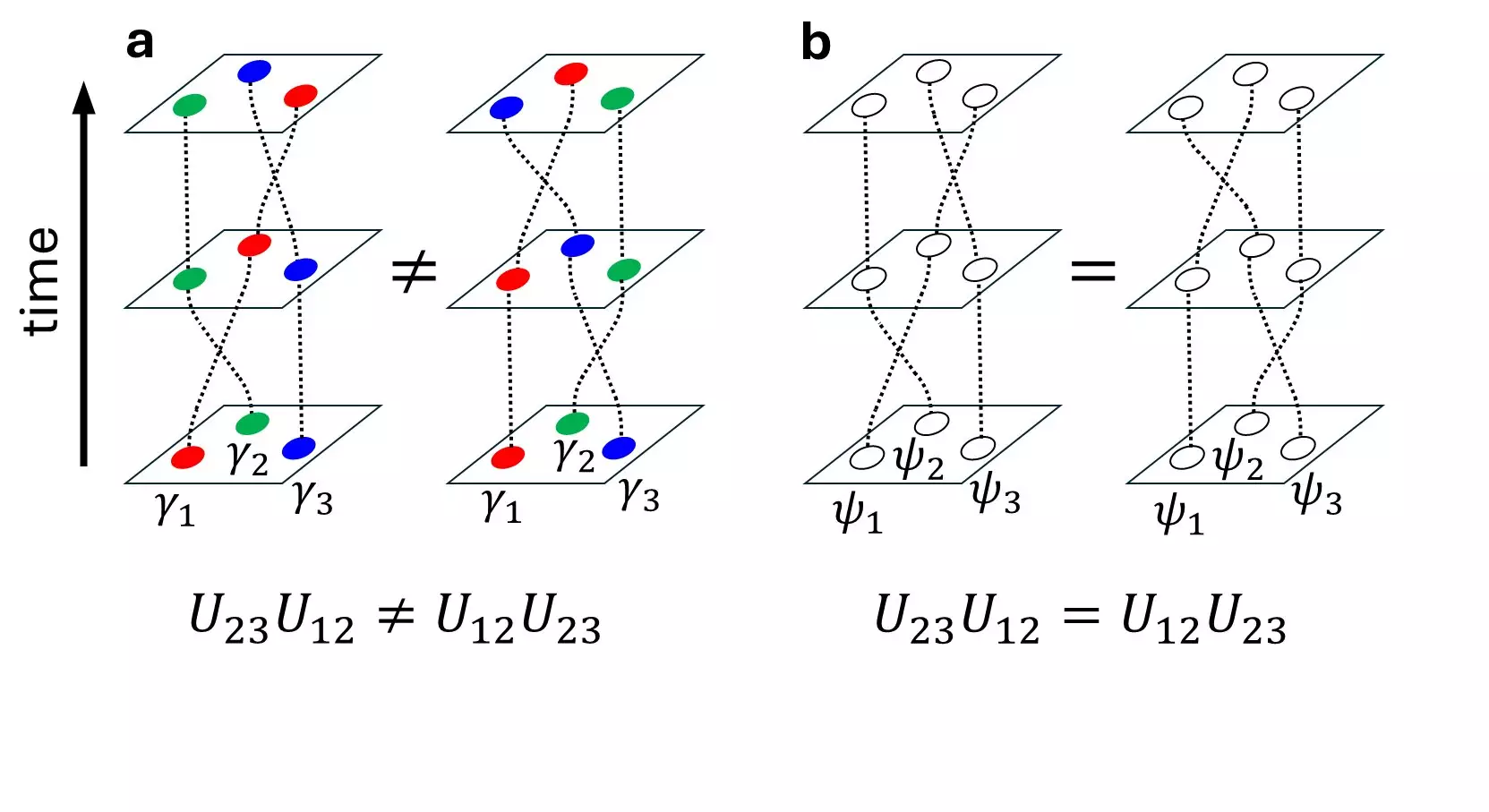Recent advancements in the field of quantum computing have introduced an exciting new dimension to the study of topological materials. A collaborative research team has made a groundbreaking discovery by identifying the world’s first multiple Majorana zero modes (MZMs) within a singular vortex in the superconducting topological crystalline insulator SnTe. This research, led by prominent physicists from the Hong Kong University of Science and Technology (HKUST) and Shanghai Jiao Tong University (SJTU), has the potential to revolutionize fault-tolerant quantum computation. Published in *Nature*, the study not only pushes the boundaries of theoretical physics but also opens doors for practical applications in quantum technology.
To appreciate the significance of this discovery, it is essential to grasp the concept of Majorana zero modes themselves. These unique quasiparticles exist at zero energy in certain superconductors and exhibit non-Abelian statistics, allowing them to facilitate advanced quantum computations through their braiding capabilities. Unlike conventional particles, which yield a consistent state regardless of how they are exchanged, MZMs maintain their identity through different braiding sequences. This quality grants them resistance to perturbations, making them an attractive candidate for the development of robust quantum computers.
However, despite the promising prospects that MZMs present, researchers have face significant challenges in manipulating and engineering these particles effectively. The physical separation of these modes hampers the necessary movements, creating a complex environment for hybridization—a condition vital for quantum operations.
The research team tackled these obstacles head-on by utilizing the crystal symmetry inherent in their materials. Instead of the traditional methods requiring real-space movement or magnetic fields, they capitalized on the innovative properties of crystal-symmetry-protected MZMs. Their experiments successfully showcased the existence and hybridization of multiple MZMs in a single vortex of the superconducting SnTe, utilizing advanced techniques including low-temperature scanning tunneling microscopy and high-quality sample fabrication.
The experimental findings at SJTU revealed substantial shifts in the zero-bias peak within the SnTe/Pb heterostructure when subjected to tilted magnetic fields—a key indicator of MZMs’ presence. The collaboration with the theoretical group at HKUST then confirmed that these changes directly originated from the crystal-symmetry-protected MZMs, reinforcing the validity of their findings.
In a commendable effort to enhance their research, the HKUST team employed the kernel polynomial method to simulate vast vortex systems compromising hundreds of millions of orbitals. Such sophisticated numerical simulations allowed them to explore further potential properties of vortex systems and MZMs. This innovative approach has not only contributed to understanding existing MZMs but also offers a framework to investigate other previously unconsidered topological phenomena.
The implications of this research extend beyond merely detecting multiple MZMs. The detailed understanding gleaned from the manipulation and control mechanisms applied could lead to the practical realization of non-Abelian statistics in experiments. This realization is pivotal for the future development of topological qubits and quantum gates, meaning a more stable and scalable quantum computing architecture could be on the horizon.
This remarkable collaboration between researchers at HKUST and SJTU represents a significant leap forward in our understanding of quantum phenomena and lays the foundational research necessary for advanced quantum computing. By successfully identifying multiple MZMs within a superconducting vortex and demonstrating their control through crystal symmetry, the team has provided a new perspective on how we can approach the challenges of hybridization and manipulation of MZMs.
The pathway paved by their findings highlights not only the importance of foundational research but also the potential for diverse applications that stem from these discoveries. As scholars continue to explore this quantum frontier, the vision of a fault-tolerant quantum computer fueled by Majorana zero modes becomes increasingly tangible, promising transformational advancements in computational capacity and speed.


Leave a Reply